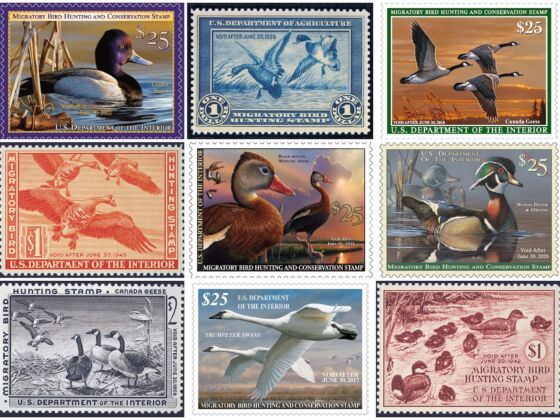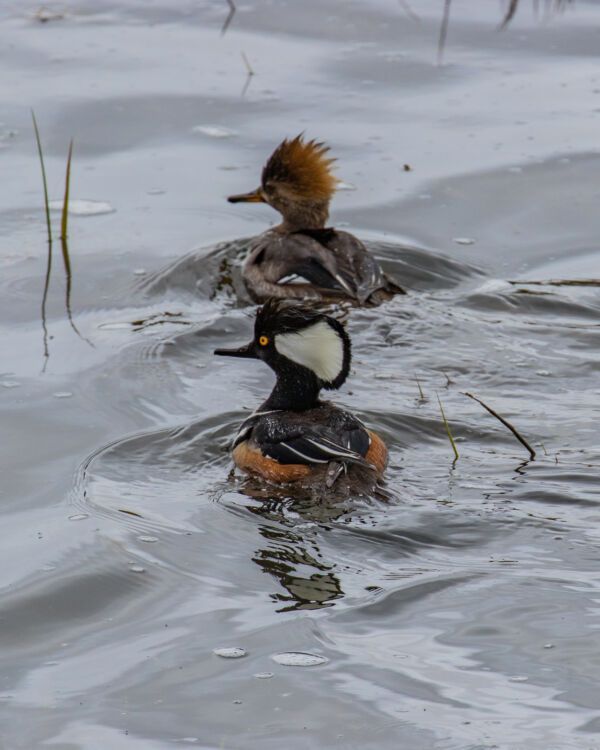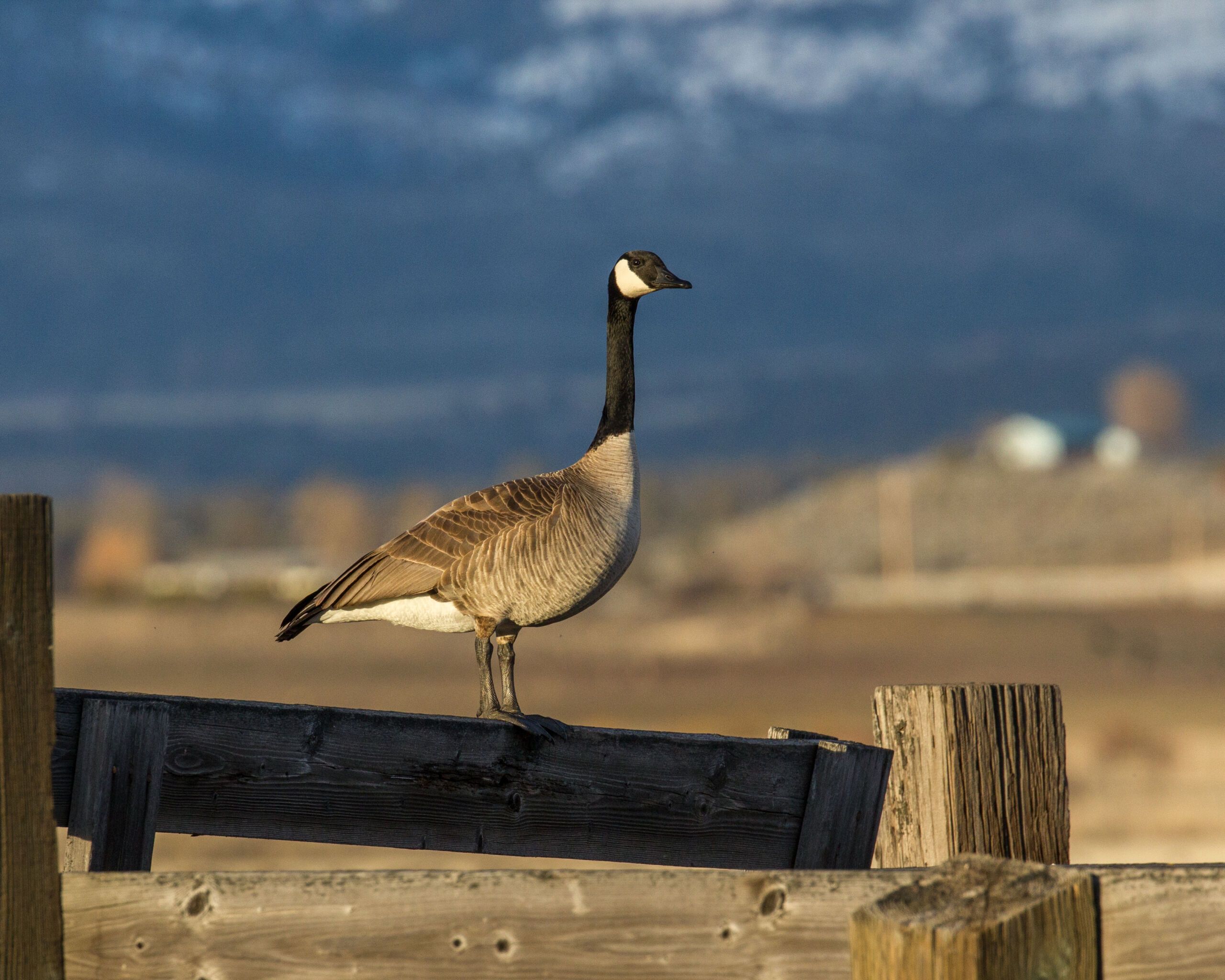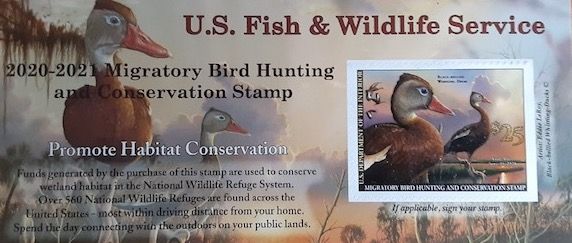Each year, I pay $25 USD for a piece of art which is about an inch and a half, square. I don’t display it, nor do I even pay it much notice after initial receipt. No, after admiring it a minute or two, I put it in a drawer in my desk, amongst its fellows. What’s more, I feel good about this aesthetic investment, because it’s helping to save wetlands. I’m talking about the Federal Duck Stamp program — a program that raises about $40 million for conservation each year.


How the Federal Duck Stamp Program Raises $40 Million for Conservation
Purchasing my first Duck Stamp
When I started my career, I was a newly hired wildlife biologist, moving to Alaska just after college. The dream job in a state known for its wild beasts. However, I was going to be the local ornithologist. Initially, I was a little dejected -– birds aren’t as cool as brown bears. My inexperienced mind held projections of fantastic stories of grand adventure, not days spent hiking alone with a noise-projecting speaker box in my backpack. Little did I know, this job would be the start of a love affair with birds. My year of being a bird nerd pledge. A fledgling birder. A pledgling, if you will. It was the year I purchased my first Duck Stamp.
This year, the waterfowl species in the limelight is the Lesser Scaup. Each year, 1.5 million other people make this same purchase, according to ducks.org, which is the website for Ducks Unlimited. By law, the proceeds from this stamp purchase (which, incidentally, will not qualify to send any posted mail) must go to the Migratory Bird Conservation Fund, which is used for the benefit of ducks, geese, and other migratory birds like swans, cranes, and so on. Ironically, the U.S. Postal Service IS a place where you can purchase this “stamp.”
Federal Duck Stamps are mandatory for hunters
Waterfowl hunters, aged 16 years and over, must make this purchase and keep the stamp on their person in order to lawfully pursue game birds. While hunters are the bulk of the stamp buyers, many other people, like myself, simply like the contribution to a good cause, are bird nerds, or have perhaps amassed a collection over the years. You can purchase more than one, so if this sounds like a unique gift idea, put your money where the cattails are.
The money funds large-scale projects like acquisitions of wetlands habitat as a means of conservation of the myriad of species considered under several legislative actions, including the 1918 Migratory Bird Treaty Act, the 1929 Migratory Bird Conservation Act, and finally, in 1934, the Migratory Bird Hunting and Conservation Stamp Act, which established the Duck Stamps as they are today.
A Duck Stamp provides free admission to national wildlife refuges, another benefit of the purchase. Naturally, these public lands are GREAT places for birders to spot some of their favorite feathered residents. You see, this program is not just for hunters.
Duck Stamps for the next generation
My preteen is just becoming old enough to comfortably tag along on the cold, dark, often damp mornings which are the look and feel of duck season in the Midwest. He is learning about conservation while also making informed decisions as a budding but responsible hunter. If your family isn’t interested in the hunt but still might like birds or even art, a Junior Duck Stamp program conceived in 1993 funds conservation science and conservation arts programs. The duck featured on the this year’s Junior Duck Stamp is a Wood Duck.
While I would rather sleep in and be cozy these days than go out in the crisp morning cold to set out decoys and harvest ducks, I do enjoy teaching another generation about the ebb and flow of conservation efforts, the blunders of historical actions, and the hope for a more thriving waterfowl future as he suits up in his camouflage and warm long underwear. On those mornings, my son is excited about the prospect of seeing some of the most beautiful, iconic birds in the sky, many of which have been the subject of stamps past, as he practices a duck call. It harkens back to a time when I remember being excited to experience the outdoors. Not at all like the popular Duck Dynasty shows would have you believe, the quiet, oft boring experience teaches patience and self-control — qualities that any parent can agree are of critical importance.

Photo: Matthew Brinkman
If you’re still not sold, check out the program on your phone at the Fish and Wildlife Service website and just look at the design and detail of each duck — or goose or other species, dependent on the year. There is intense scrutiny and investigation of anatomical accuracy of any featured specimen, and the artists are held to the highest standards. No one wants to see an ugly duckling on a stamp, let alone one which is where the color and physique of the species isn’t accurately portrayed.
Just check out this John Oliver clip if you want to learn more about the very serious business of the stamp competition, which may leave you thinking these folks are crazy as loons. In the satirical take, you might see spoof renderings of armed ducks, which illustrates the mandate for the stamp to include a hunting scene, which will become obsolete for next years’ competition entries.
Nurturing a love of birds
You see, our relationship with birds has been less than respectable over the years. But we’ve been trying to reform our ways. Even in the beginning, conservation and hunting have gone hand in hand. Initially, in the late 1800s and into the turn of the century, ladies’ hats were adorned with exotic, intricate feather embellishments representing status.
Other ways you can get involved, learn more about birds and help in the fight for waterfowl, and even songbird, conservation are events like your local Christmas Bird Counts. If you search for local birding chapters of the Audubon Society or any number of Facebook phenology fanatics, you’ll also find friends of a feather to take you under their wings, as it were. These events can be fun and enlightening, a superlative way to get kids interested in the outdoors and the creatures around them. Even an activity as simple as backyard bird feeding can make an otherwise bleak winter fly by -– if you don’t have outdoor cats. Please don’t bait in the birds if your cat doesn’t have the lasagna-loving appetite Garfield prefers.
The Federal Duck Stamp program is a marriage of both sides of the fence. We can rally together even if our hobbies and interests seem starkly opposed and still champion a cause we can all support.

Photo: Matthew Brinkman/Canadian Goose
